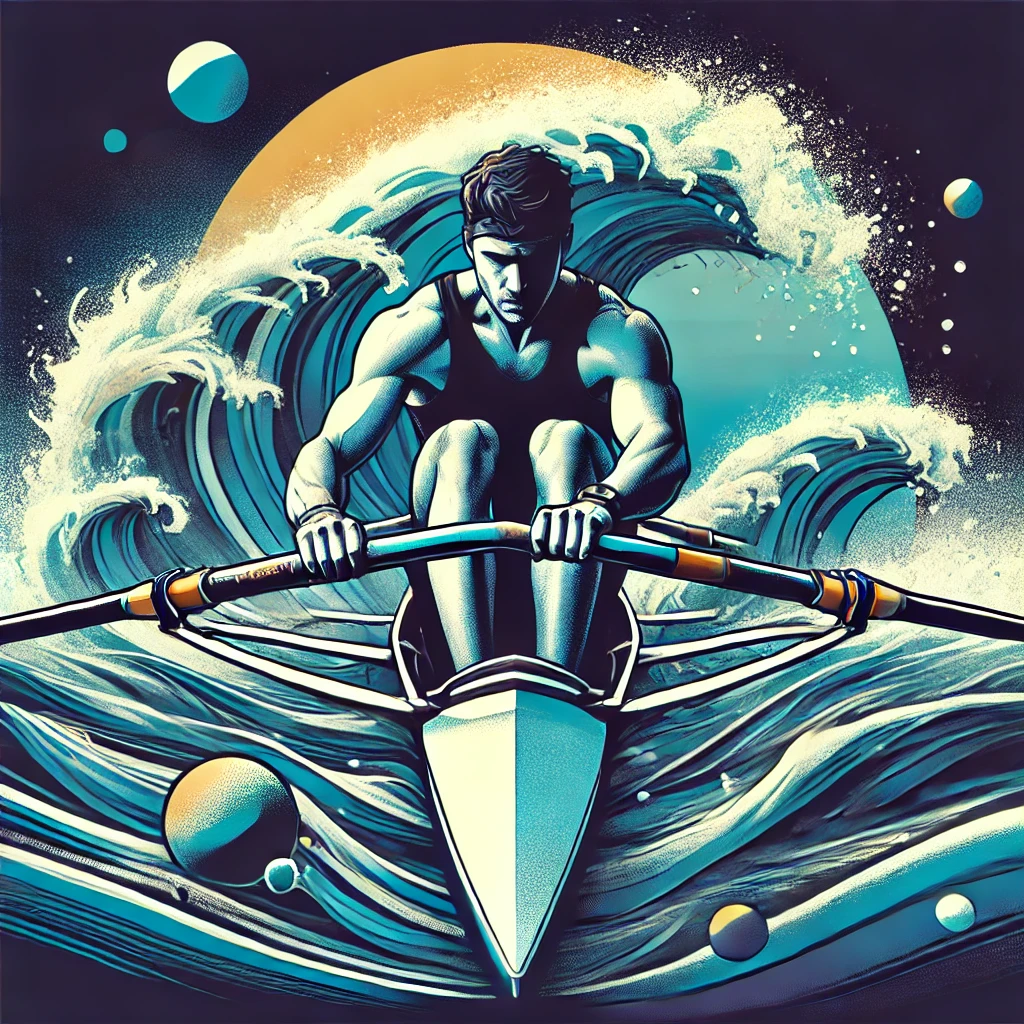Coastal rowing is quickly gaining traction as one of the most exciting and adventurous disciplines in rowing. With its dynamic races, unpredictable conditions, and stunning open-water venues, coastal rowing is redefining the sport. A key feature of coastal rowing is its variety of race types, each offering unique challenges and thrills for competitors.
In this article, we’ll dive into the different types of coastal rowing races, their formats, and what makes them so captivating.
1. Endurance Races
Endurance races are the ultimate test of stamina and strategy, often spanning several kilometers of open water. These races are typically point-to-point or involve large loops, with athletes navigating through buoys and open seas.
Key Features:
- Distance: Ranges from 4 to 8 kilometers, depending on the event.
- Navigation: Rowers must chart the fastest course while contending with waves, currents, and wind.
- Strategy: Requires pacing, tactical positioning, and efficient navigation.
Why It’s Exciting:
Endurance races showcase the rowers’ ability to maintain power and focus over extended periods. The open-water setting often leads to dramatic comebacks and tight finishes.
2. Beach Sprint Races
Beach sprint races are the most spectator-friendly format in coastal rowing, combining athleticism, agility, and speed. Introduced as a new discipline for the 2028 Los Angeles Olympics, these races are short, explosive, and incredibly engaging.
Key Features:
- Distance: Typically 250 meters, including a sprint along the beach.
- Format: Athletes start on the beach, sprint to their boats, row a slalom course, and return to the shore.
- Participants: Usually singles (C1x), doubles (C2x), or mixed doubles.
Why It’s Exciting:
The blend of running and rowing makes beach sprints a unique spectacle. The race often comes down to the final sprint, providing high-energy action for rowers and spectators alike.
3. Long-Distance Coastal Races
These races stretch the limits of endurance and adaptability, with distances exceeding 10 kilometers. Long-distance coastal races often take place along coastlines, incorporating natural obstacles such as rocks, islands, and varying water depths.
Key Features:
- Distance: 10 kilometers or more.
- Course: Often includes scenic coastal routes with natural waypoints.
- Challenges: Rowers must contend with tides, waves, and unpredictable weather.
Why It’s Exciting:
Long-distance coastal races push athletes to their physical and mental limits. The scenic routes and rugged conditions add an element of adventure and unpredictability.
4. Multi-Stage Races
Multi-stage races span several days, with rowers competing in multiple legs that vary in distance and difficulty. These races often include both endurance and sprint elements, testing athletes’ versatility.
Key Features:
- Stages: Can range from 3 to 5 days, with a mix of short and long courses.
- Team Effort: Often conducted in teams, with rowers rotating between stages.
- Adaptability: Requires rowers to excel in varied conditions and formats.
Why It’s Exciting:
Multi-stage races combine endurance, speed, and teamwork, offering a comprehensive test of rowing prowess. The cumulative format keeps the competition tight and thrilling.
5. Relay Races
Relay races add a collaborative twist to coastal rowing, with teams of rowers alternating between rowing legs and transitions on the beach.
Key Features:
- Format: Teams take turns completing laps, passing the baton (or boat) to the next member.
- Team Dynamics: Success depends on seamless transitions and synchronized effort.
- Variety: Courses can include a mix of short sprints and longer legs.
Why It’s Exciting:
Relay races emphasize teamwork and coordination, creating a dynamic and engaging competition. The frequent transitions keep the energy high and the action continuous.
6. Mass Start Races
Mass start races feature all competitors launching simultaneously, creating a thrilling and chaotic spectacle. These races often take place in wide open waters, where rowers vie for the best positions early on.
Key Features:
- Start: All boats line up and start at the same time.
- Course: Varies but often includes multiple turns and checkpoints.
- Strategy: Aggressive positioning at the start is crucial for success.
Why It’s Exciting:
The mass start format leads to intense battles for position and unpredictable outcomes. The sheer number of boats on the water makes these races visually stunning and highly competitive.
Coastal Rowing Boats and Equipment
Coastal rowing races use specialized boats designed to handle rough waters. These boats are wider, heavier, and more robust than traditional flat-water shells, ensuring stability and durability in challenging conditions.
Boat Classes:
- Solo (C1x): Single rower.
- Double (C2x): Two rowers.
- Coxed Quad (C4x+): Four rowers with a coxswain.
Choosing the Right Race
Your choice of race type depends on your experience level, fitness, and goals:
- Beginners: Start with beach sprints or shorter endurance races to build skills and confidence.
- Intermediate Rowers: Challenge yourself with mass start or relay races to develop strategy and teamwork.
- Advanced Rowers: Test your limits with long-distance or multi-stage races that demand endurance and adaptability.
Conclusion
Coastal rowing offers an incredible variety of race formats, each with its unique challenges and thrills. Whether you’re sprinting along the beach, navigating open waters, or pushing through multi-stage endurance events, there’s a coastal race to suit every rower’s style and ambition.
So grab your oars and prepare to experience the excitement of coastal rowing—where every race is an adventure!
What’s your favorite coastal rowing race type? Share your thoughts in the comments below, and don’t forget to subscribe for more rowing insights and updates.



